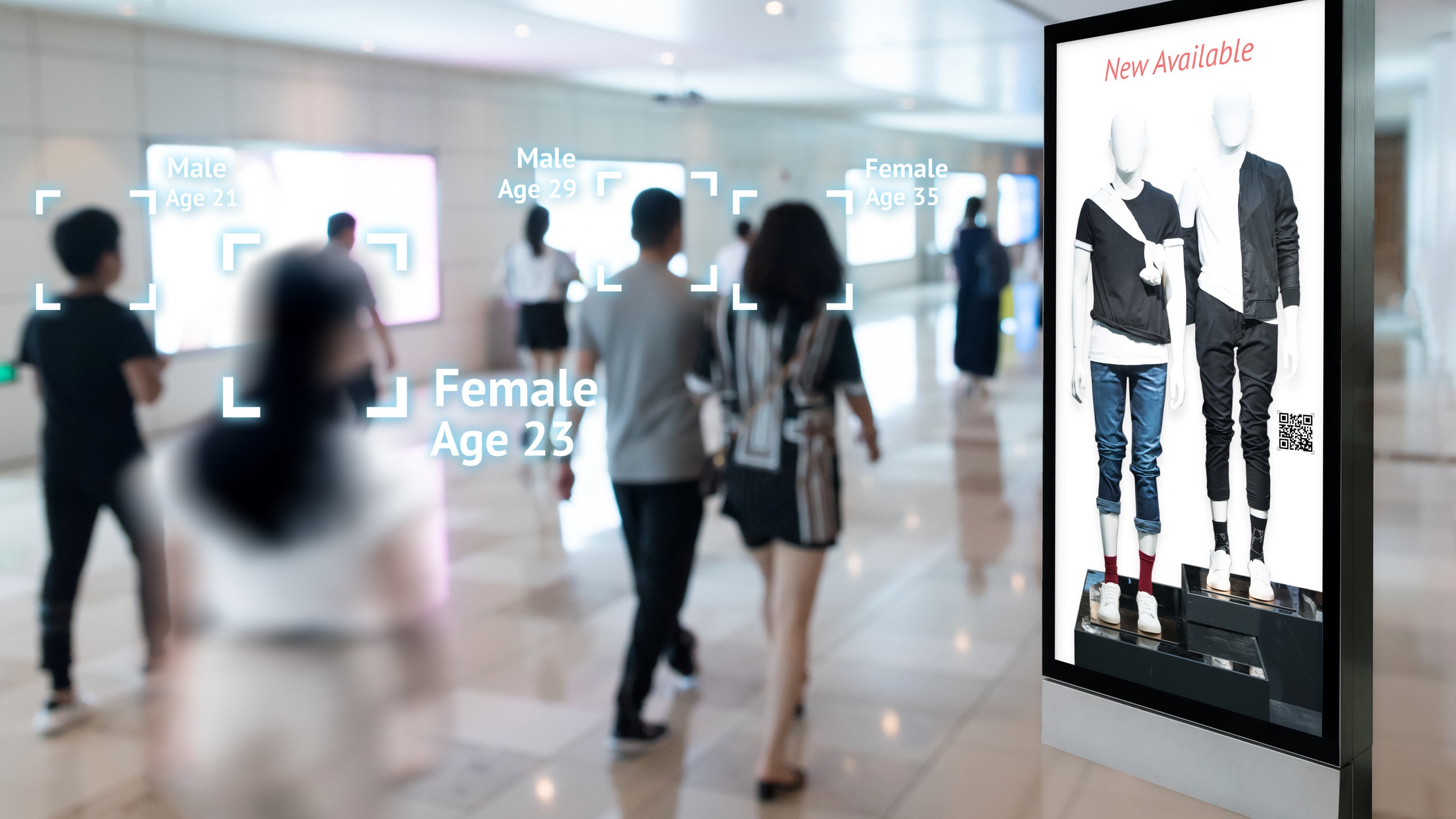2018 laid bare the inescapable truth that Facebook, one of the world’s largest advertising platforms, has been shockingly irresponsible with users’ personal data.
First came Cambridge Analytica, when it was revealed that the company had harvested the personal data from millions of Facebook profiles without consent from users. But that was a mere speed bump compared to the discovery on 25th September that a security breach had compromised the accounts of 50 million Facebook users.
In November the no-show of Mark Zuckerberg at a parliamentary hearing into Facebook’s privacy controls left many bewildered at the company’s seemingly frivolous approach to online privacy, while a steady stream of disgruntled employees voicing their concerns in public has scratched away the faith in Facebook’s ethical mission to “connect the world”.
Now Facebook is brutally exposed as a company singularly focused on using personal data at an incredible scale to generate massive advertising revenues – almost $40 million in 2017, accounting for 98% of Facebook’s total revenue. In the same year Facebook allowed more than 150 businesses including Microsoft, Spotify and Netflix to access the names of users’ friends without their consent.
Facebook’s advertising is heavily reliant on the use of profile data to deliver targeted ads. Wilting consumer trust in Facebook’s handling of personal information is sure to negatively impact the company’s sizeable ad revenues. But what will this deepening chasm between users and the companies that were entrusted with user’s personal data mean for the wider online advertising industry, which now relies on consumer targeted advertising for almost 60% of its spend.
Facebook are by no means the only company that generates huge revenues from an advertising platform predicated around targeted ads using first-party user data. Google harnesses a wealth of personalised user data, particularly from its logged-in services, and repurposes it to drive targeted advertising across the Google Marketing Platform. In fact, the five highest grossing ad platforms in the US all publicly promote a product that delivers targeted ads based on user-level data. How feasible will these targeted ad products be in the future now that the public’s confidence in the ability of these companies to handle our personal data has been so badly shaken?
Stricter consent requirements to collect personal data implemented under the GDPR in May 2018 have given users more control over how their data is used for advertising. Three months later, Reuters noted a 22% decline in third party advertising cookies on major news websites, suggesting at least some users are concerned enough to opt out of being targeted by overly intrusive online advertising.
Many commentators suggested that GDPR’s impact on third-party data collection would solidify Facebook and Google’s online ad duopoly, because their advertising mostly relies on data collected first-party (from their own platforms). But Facebook’s implosion and the resulting 42% decline in daily user engagement between March and September, suggests the ‘Big Blue’ at least will fail to realise that advantage. The knock-on impact for other advertising giants utilising our personal data for targeted advertising seems inevitable. And if declining consumer trust impacts the effectiveness of online display ads served through the major platforms, what does that ultimately mean for online ad spend?
Automated enhancements to traditional ad platforms like out of home and TV could be the biggest beneficiaries of online’s GDPR and Facebook-induced malaise.
The digitisation of billboards now means out of home advertising can be exchanged in real-time. While programmatic ad exchanges for out of home are still a work in progress, digital out of home is expected to grow 10% each year between 2018 and 2021. Crucially, digital out of home, while replicating some of the efficiencies of online ad buying, is not reliant on the one-to-one exchange of personal data with users that is now so common on online ad platforms.
This may be the key to its growth over the next 18 months, as advertisers look for a channel offering reach, scale and new audiences that isn’t encumbered by the growing spectre of mistrust around privacy and the use of personal data.



